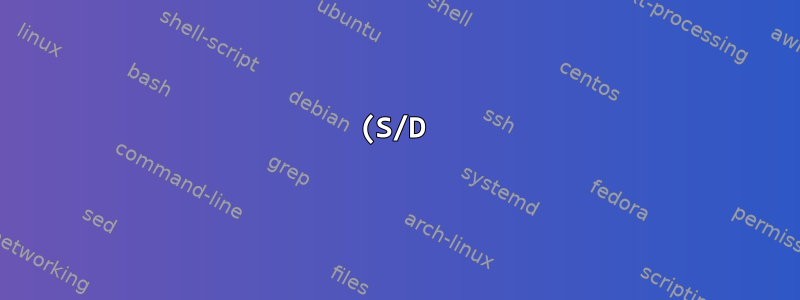NF%20%ED%9B%84%ED%81%AC%EB%A5%BC%20%ED%86%B5%ED%95%9C%20NAT.png)
netfilter 후크에 비해 iptables NAT의 장점을 설명하는 데 도움을 줄 수 있는 사람이 있습니까? NAT를 사용하는 대신 PRE/POST 수정을 위해 netfilter로 핸들러를 바인딩하는 사용자 정의 커널 모듈을 생성하는 경우 일반적으로 어떤 접근 방식(NAT/NF)이 더 최적화되거나 규제됩니까?
모든 링크나 포인터가 도움이 될 것입니다.
감사해요. !
답변1
netfilter 문서에 따르면:
Netfilter is merely a series of hooks in various points in a protocol stack (at this stage, IPv4, IPv6 and DECnet). The (idealized) IPv4 traversal diagram looks like the following:
A Packet Traversing the Netfilter System:
--->[1]--->[ROUTE]--->[3]--->[4]--->
| ^
| |
| [ROUTE]
v |
[2] [5]
| ^
| |
v |
On the left is where packets come in: having passed the simple sanity checks (i.e., not truncated, IP checksum OK, not a promiscuous receive), they are passed to the netfilter framework's NF_IP_PRE_ROUTING [1] hook.
Next they enter the routing code, which decides whether the packet is destined for another interface, or a local process. The routing code may drop packets that are unroutable.
If it's destined for the box itself, the netfilter framework is called again for the NF_IP_LOCAL_IN [2] hook, before being passed to the process (if any).
If it's destined to pass to another interface instead, the netfilter framework is called for the NF_IP_FORWARD [3] hook.
The packet then passes a final netfilter hook, the NF_IP_POST_ROUTING [4] hook, before being put on the wire again.
The NF_IP_LOCAL_OUT [5] hook is called for packets that are created locally. Here you can see that routing occurs after this hook is called: in fact, the routing code is called first (to figure out the source IP address and some IP options): if you want to alter the routing, you must alter the `skb->dst' field yourself, as is done in the NAT code.
그리고:
NAT
This is the realm of the `nat' table, which is fed packets from two netfilter hooks: for non-local packets, the NF_IP_PRE_ROUTING and NF_IP_POST_ROUTING hooks are perfect for destination and source alterations respectively. If CONFIG_IP_NF_NAT_LOCAL is defined, the hooks NF_IP_LOCAL_OUT and NF_IP_LOCAL_IN are used for altering the destination of local packets.
This table is slightly different from the `filter' table, in that only the first packet of a new connection will traverse the table: the result of this traversal is then applied to all future packets in the same connection.
Masquerading, Port Forwarding, Transparent Proxying
I divide NAT into Source NAT (where the first packet has its source altered), and Destination NAT (the first packet has its destination altered).
Masquerading is a special form of Source NAT: port forwarding and transparent proxying are special forms of Destination NAT. These are now all done using the NAT framework, rather than being independent entities.


